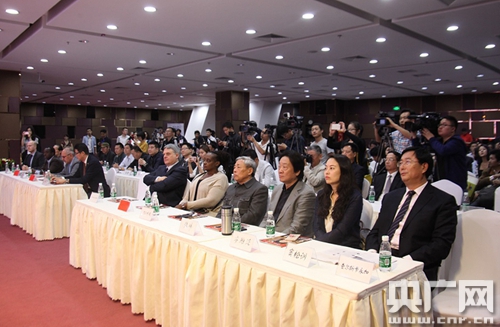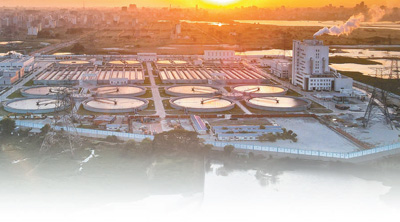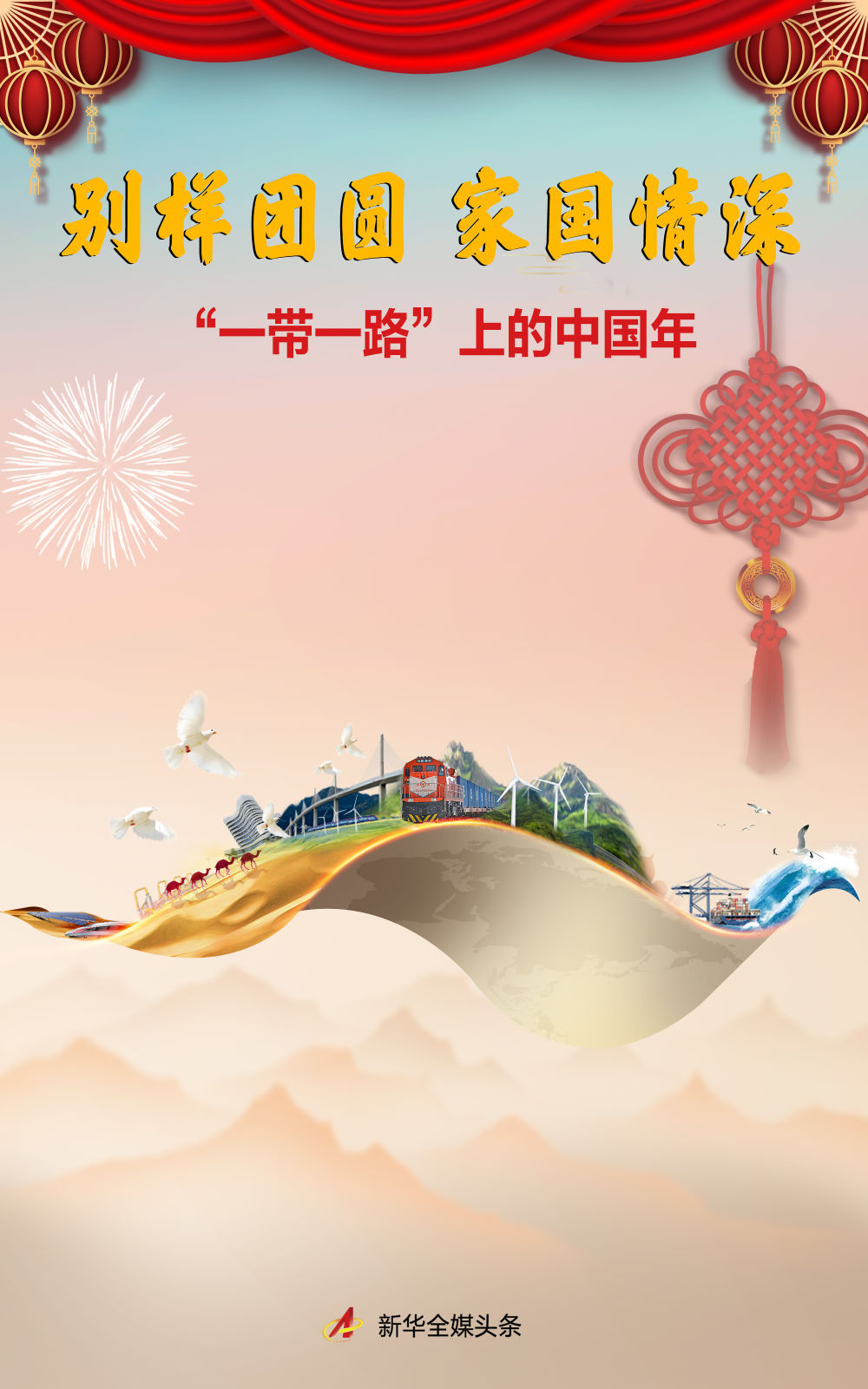Silk Road: A Bridge Of Exchange Between The Ancient East And The West And A Link Of Modern Cooperation
Silk Road: A Bridge Of Exchange Between The Ancient East And The West And A Link Of Modern Cooperation
The Silk Road, as one of the most famous ancient trade routes in human history, is not only a channel for the exchange of commodities between the East and the West, but also an important platform for the exchange of culture, religion, science and technology and ideas. It has witnessed the prosperity and integration of ancient civilizations and promoted the development of multiculturalism in the world.
The Silk Road, as one of the most famous ancient trade routes in human history, is not only a channel for the exchange of commodities between the East and the West, but also an important platform for the exchange of culture, religion, science and technology and ideas. It has witnessed the prosperity and integration of ancient civilizations, promoted the development of multiculturalism in the world, and provided valuable historical experience and spiritual heritage for the modern Belt and Road Initiative.
1. The origin and development of the Silk Road
The origins of the Silk Road can be traced back to the Han Dynasty (around the 2nd century BC). At that time, China began to gradually open up land routes in order to conduct trade and exchanges with countries in Central Asia and the Western Regions. During the period of Emperor Wu of the Han Dynasty, Zhang Qian went to the Western Regions and opened up routes to Central Asia, West Asia and even Europe, laying the foundation for the formation of the Silk Road.
Initially, the Silk Road mainly exported silk, porcelain, tea and other commodities from China, and imported spices, gems, metal products, etc. from Central and West Asia. Over time, the routes were expanded and improved, forming a vast transportation network.

2. Main routes of the Silk Road
The Silk Road is not a single route, but consists of multiple routes, mainly including the Overland Silk Road and the Maritime Silk Road.
1. Overland Silk Road
The Overland Silk Road started in Chang'an (now Xi'an) in China, passed through Gansu, Shaanxi and other places, crossed the Taklimakan Desert, Tianshan Mountains, Pamir Plateau, passed through Samarkand, Bukhara and other cities in Central Asia, and finally arrived at Baghdad and Antioch in West Asia, and even extended to Europe.
This route passes through diverse geographical environments and connects many ancient civilized cities. It is the main channel for business travel and cultural exchanges between the East and the West.
2. Maritime Silk Road
The Maritime Silk Road starts from China's coastal areas, such as Guangzhou, Fuzhou, Quanzhou and other ports, sails along the South China Sea and the Indian Ocean, passes through Southeast Asia, South Asia, the Arabian Peninsula, and reaches the east coast of Africa and even as far as the coasts of Europe and East Africa.
Maritime routes not only facilitate the transportation of bulk commodities, but also promote cultural exchanges and technological dissemination among countries along the route.

3. Commodities and cultural exchanges along the Silk Road
1. Product exchange
There are many kinds of commodities on the Silk Road, including silk, porcelain, tea, spices, gems, metal products, medicinal materials, ivory, cotton cloth, etc. The circulation of these commodities has greatly enriched the material and cultural life of countries along the route.
2. Cultural and religious dissemination
The Silk Road was not only a circulation channel for commodities, but also a platform for the exchange of religion, ideas, and science and technology. For example, Buddhism was introduced to China from India and spread to Central Asia, West Asia, and even as far as Europe through the Silk Road. Islam also entered Central and South Asia with Arab traders.
In addition, the Silk Road also promoted the exchange of art, literature, and science and technology. For example, Central Asian sculptures, ceramics, and textiles were introduced to China, and the poetry and paintings of the Tang Dynasty were also influenced by cultures along the route.

4. Historical significance of the Silk Road
1. Economic prosperity and cultural integration
The Silk Road brought prosperous commercial activities and promoted the rise and development of cities along the routes. These cities have become centers of cultural exchange, forming a social atmosphere of multicultural integration.
2. Promote exchanges among civilizations
The Silk Road was a link between Eastern and Western civilizations, allowing the spread and integration of different cultures, religions, and technologies, and promoting the progress of human civilization. For example, the spread of Buddhism has greatly enriched China's religious culture and promoted the cultural development of East Asia.
3. Political and Diplomatic Impact
Countries along the route have established connections through trade and exchanges, strengthened political cooperation and alliances, and promoted regional stability and development.
5. The decline and transformation of the Silk Road
With the rise of sea routes and the decline of the Mongol Empire, the overland Silk Road gradually declined. After the 16th century, European countries opened up new trade channels through sea routes, gradually replacing land routes.
However, the spiritual and cultural value of the Silk Road remains profound, and many countries along the route still cherish this historical legacy.
6. Modern “Silk Road” and “Belt and Road” Initiative
In the 21st century, with the advancement of globalization, China has proposed the "Belt and Road" initiative, which aims to inherit and carry forward the spirit of the Silk Road and promote infrastructure construction, economic and trade cooperation, and cultural exchanges in countries along the route.
"One Belt, One Road" includes the "Silk Road Economic Belt" and the "21st Century Maritime Silk Road". It promotes interconnection and common development of countries along the route through the construction of infrastructure such as railways, highways, and ports.
This is not only an initiative for economic cooperation, but also an important platform to promote regional peace, stability and prosperity, demonstrating the spirit of "win-win cooperation" of the ancient Silk Road.

7. Cultural Heritage and Enlightenment of the Silk Road
As the common cultural heritage of mankind, the Silk Road reminds us of the importance of diversity, tolerance, and win-win cooperation. In the context of globalization, inheriting and carrying forward the spirit of the Silk Road will help promote exchanges and understanding among different civilizations and promote the construction of a community with a shared future for mankind.

Conclusion
The Silk Road is a cultural and economic link that connects ancient and modern times and runs from east to west. It has witnessed the exchange and integration of human civilization and inspired us to continue to promote cooperation and development in the new era. Whether it is ancient prosperity or modern cooperation, the Silk Road has demonstrated the eternal value of "win-win cooperation and common prosperity."





